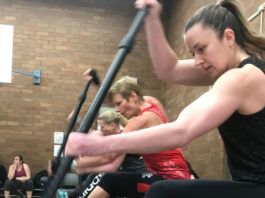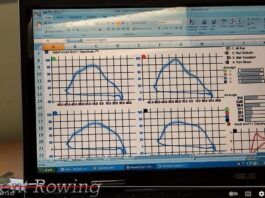One of the first things I learned as a dragon boater is that good timing is important. I have had many conversations with fellow dragon boaters on whether paddling in time is better or worse than everyone paddling out of time (sometimes called “the caterpillar”)
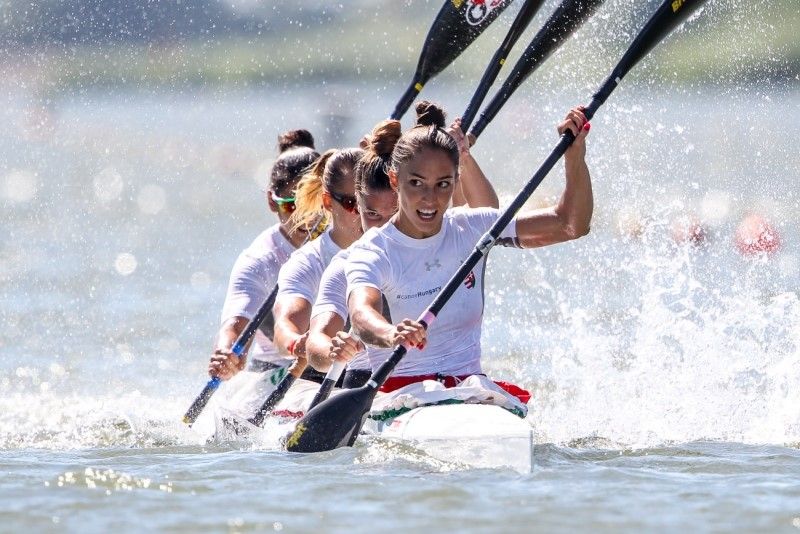
I used to wonder if it really mattered that much. It turns out, it does, and there are some pretty clear reasons why.
You’ve probably seen dragon boats surging during strokes, wobbling and bouncing. This can happen when paddlers aren’t paddling together. But it’s not just about being in sync; it’s also about how you paddle. If your strokes are off – maybe your body moves too much – the boat can start pitching.
For this discussion, let’s assume we have two well-matched paddlers with good technique. We’ll focus on how paddling together affects the force that moves the boat. Extending the lessons highlighted here to a full dragon boat is valid. Using two paddlers just makes the imagery and calculations clearer.
When you paddle, the power face of the paddle blade pushes against the water, making the boat move. It’s like Newton’s Third Law: for every action, there’s an equal and opposite reaction. The force on the blade starts at zero just before you drop in for the catch at the start of a stroke, grows during the power phase, and goes back to zero during the recovery. If you’ve ever used a paddle ergometer, you might be familiar with a graph showing a paddle force curve over time.


Now, let’s simplify things. Imagine a basic graph of paddle force over time, where the force is either on or off, like a switch. We’ll call this the simplified paddle force profile.
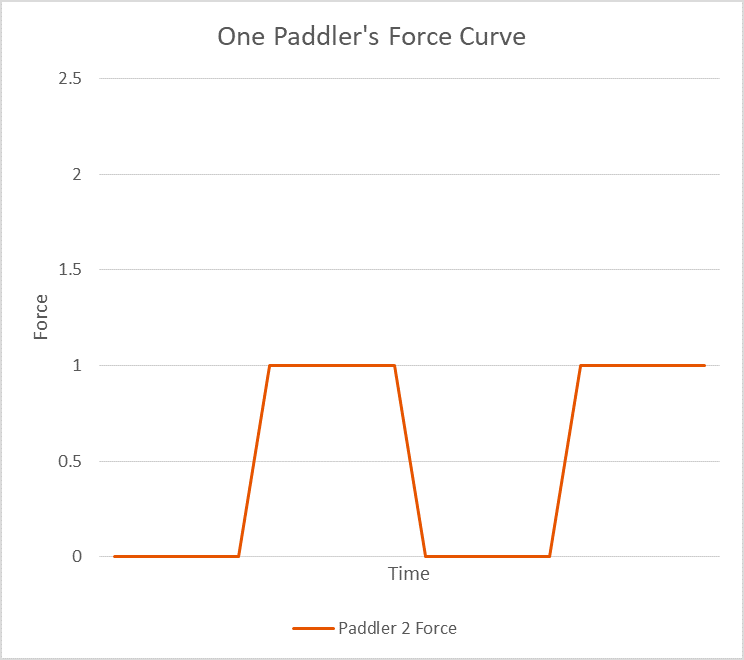
Now, picture two dragon boating scenarios.
- In the first, both paddlers are perfectly in sync.
- In the second, they’re “perfectly” out of sync, taking turns with their strokes.
We want to figure out which scenario makes the boat go faster – which one produces the most force.
When paddlers are perfectly in sync, the paddle forces are combined looks like a switch turning on and off (see green line in Figure 3).
Note Paddler One’s force curve is hidden behind Paddler Two’s because they are perfectly in sync.
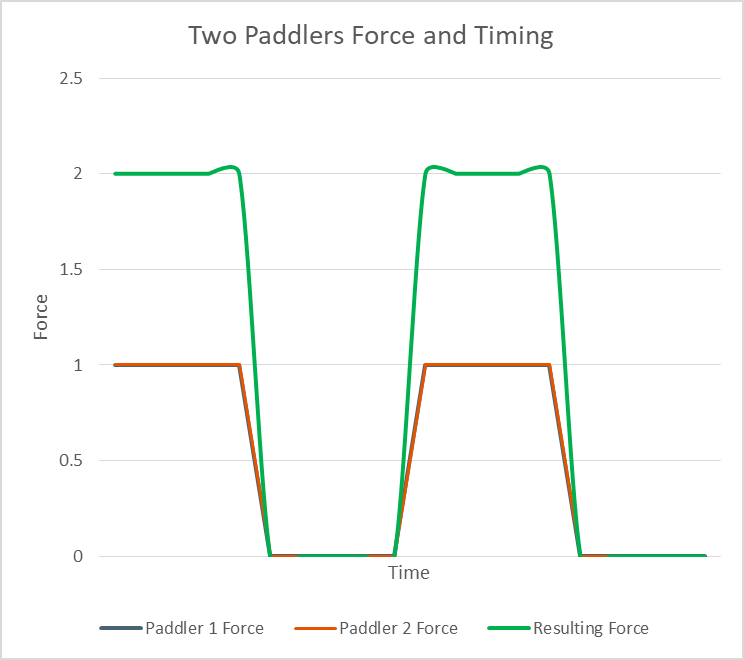
But if they’re perfectly out of sync (Combined force in green in Figure 4), the resultant force is constant because one paddler is always pushing when the other isn’t.
The question is, which scenario makes the boat go faster?
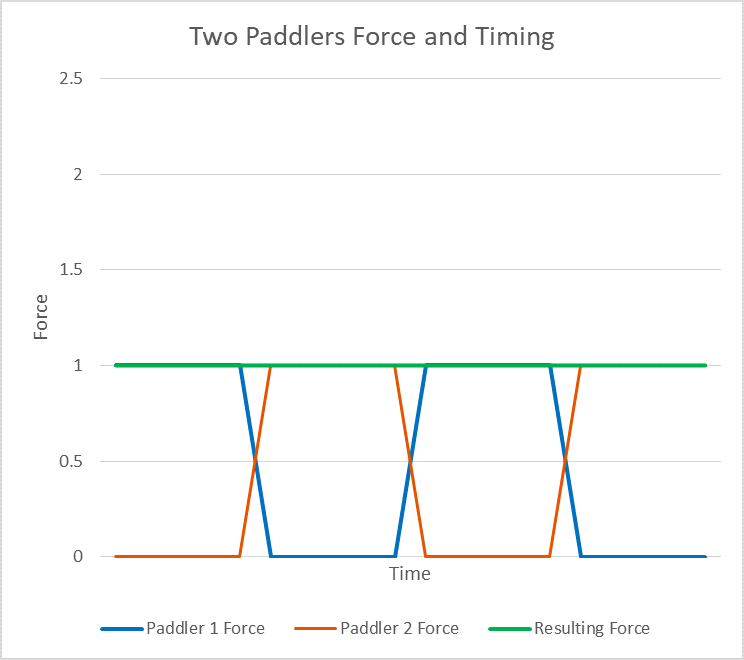
Figure 5 is an animation of two paddlers who start off 100% out of sync and slowly come into sync. As you can see the shape of the resultant force (in green) changes.
The resultant force when totally out of sync is constant, however as they come into sync the resultant force peaks at higher values but drops to zero at other stages.
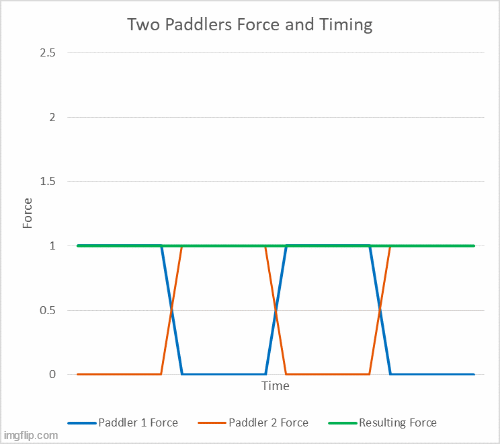
Interestingly, the average force is the same – paddling in sync or out of sync makes no difference to the average force applied by the paddlers.
So are we saying it doesn’t matter if paddlers are in sync or not?
Short answer, No!
Why? To answer this, we’ll consider the speed in each scenario.
…. The remainder of this content is for members only…
Cover photo provided by Caterpillar Timing provided by SchoolandCollegeListings,com



